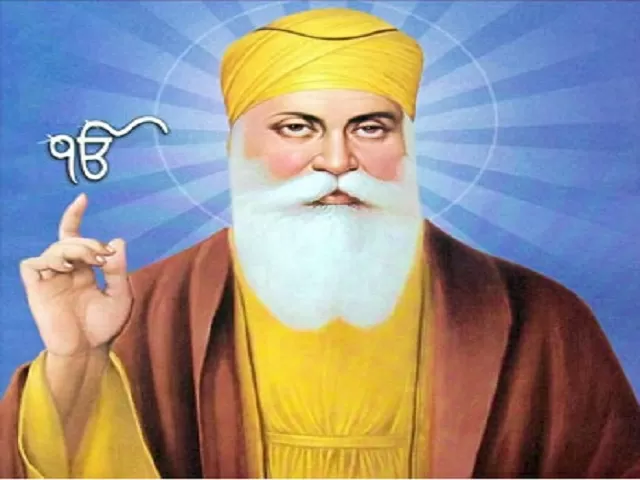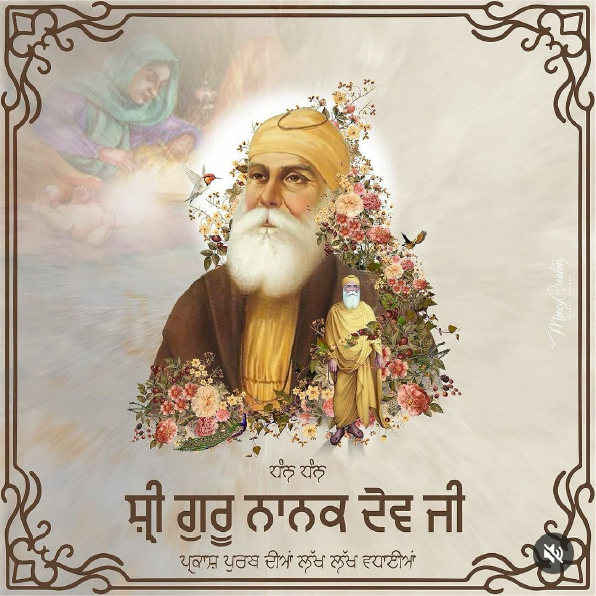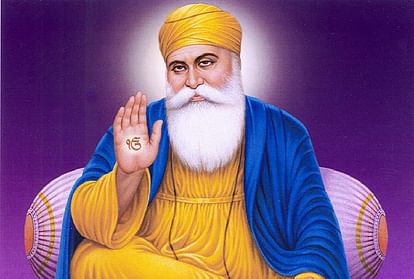Sikhism: Embracing Divine Oneness, Equality, and Service
Sikhism, a remarkable monotheistic religion that emerged in the late 15th century in the Punjab region of South Asia, is a harmonious blend of spiritual principles, social justice, and ethical values. With its profound teachings, unique traditions, and commitment to equality, Sikhism has left an indelible mark on both the spiritual and social landscape.
Origins and Founding
Sikhism was founded by Guru Nanak Dev Ji, who was born in 1469 in what is now Pakistan. Guru Nanak’s spiritual experiences led him to challenge prevailing religious norms and practices, advocating for a simpler, more direct path to God. He emphasized the oneness of God, rejected rituals and caste divisions, and sought to bridge the gap between diverse communities.
Core Beliefs
At the heart of Sikhism lie a few fundamental beliefs that shape the lives of its followers:
- Ik Onkar: Sikhism affirms the belief in one God, referred to as “Ik Onkar,” meaning “There is One God.” This concept rejects polytheism and emphasizes the unity of all creation under a single divine presence.
- Equality and Brotherhood: Sikhism fiercely opposes discrimination based on caste, creed, gender, or social status. All human beings are considered equal, and the Sikh tradition promotes unity and brotherhood among all.
- Selfless Service: The principle of “Seva” or selfless service is a cornerstone of Sikhism. Sikhs are encouraged to engage in acts of kindness, charity, and service to humanity without expecting anything in return.
- Eternal Guru: The Guru Granth Sahib, the holy scripture of Sikhism, is considered the eternal Guru. It comprises hymns written not only by the Sikh Gurus but also by various saints and poets, emphasizing the universality of its teachings.
The Five Ks and Identity
Sikhism is known for its distinct visual identity, which is a manifestation of the faith’s principles and history. The “Five Ks” are symbolic articles of faith that Sikhs are encouraged to wear:
- Kesh (Uncut Hair): Sikhs do not cut their hair as a symbol of their respect for God’s creation. Hair is to be kept as a natural gift.
- Kanga (Wooden Comb): A comb is used to keep the hair neat and clean, reflecting the importance of cleanliness and self-discipline.
- Kara (Steel Bracelet): The steel bracelet signifies strength and unity, a constant reminder of one’s connection to the Divine and the community.
- Kachera (Cotton Undergarment): The undergarment represents modesty and self-control, encouraging Sikhs to maintain purity and discipline.
- Kirpan (Ceremonial Sword): The kirpan embodies courage, protection of the weak, and the defense of justice. It is not intended for aggression but for upholding righteousness.
Guru Nanak’s Legacy and Succession
After Guru Nanak, there were nine more Gurus who continued his teachings and expanded Sikhism’s doctrines. Guru Angad Dev Ji introduced the Gurmukhi script, which became the medium for preserving the sacred writings. Guru Amar Das Ji institutionalized langar, the community kitchen providing free meals to all, reinforcing the principles of equality and service. Guru Ram Das Ji established Amritsar as a spiritual center, and Guru Arjan Dev Ji compiled the Guru Granth Sahib.
Challenges and Resilience
Throughout its history, Sikhism faced challenges and persecution, especially during Mughal rule in India. The ninth Guru, Guru Tegh Bahadur Ji, sacrificed his life to protect the freedom of religion and the right to practice one’s faith. The tenth Guru, Guru Gobind Singh Ji, formalized the Khalsa, a community of initiated Sikhs, to stand against tyranny and protect the weak.
Global Impact and Modern Sikhism
Sikhism has transcended geographical boundaries and is practiced by millions around the world. Sikh communities are known for their commitment to humanitarian aid, disaster relief, and community development. The principles of Sikhism continue to inspire individuals to live meaningful lives, serving humanity while remaining deeply connected to their spiritual roots.
In a world often divided by differences, Sikhism stands as a beacon of unity, equality, and service. Its teachings resonate across cultures and generations, emphasizing the importance of connecting with the divine, while simultaneously reaching out to uplift and serve all of humanity.






